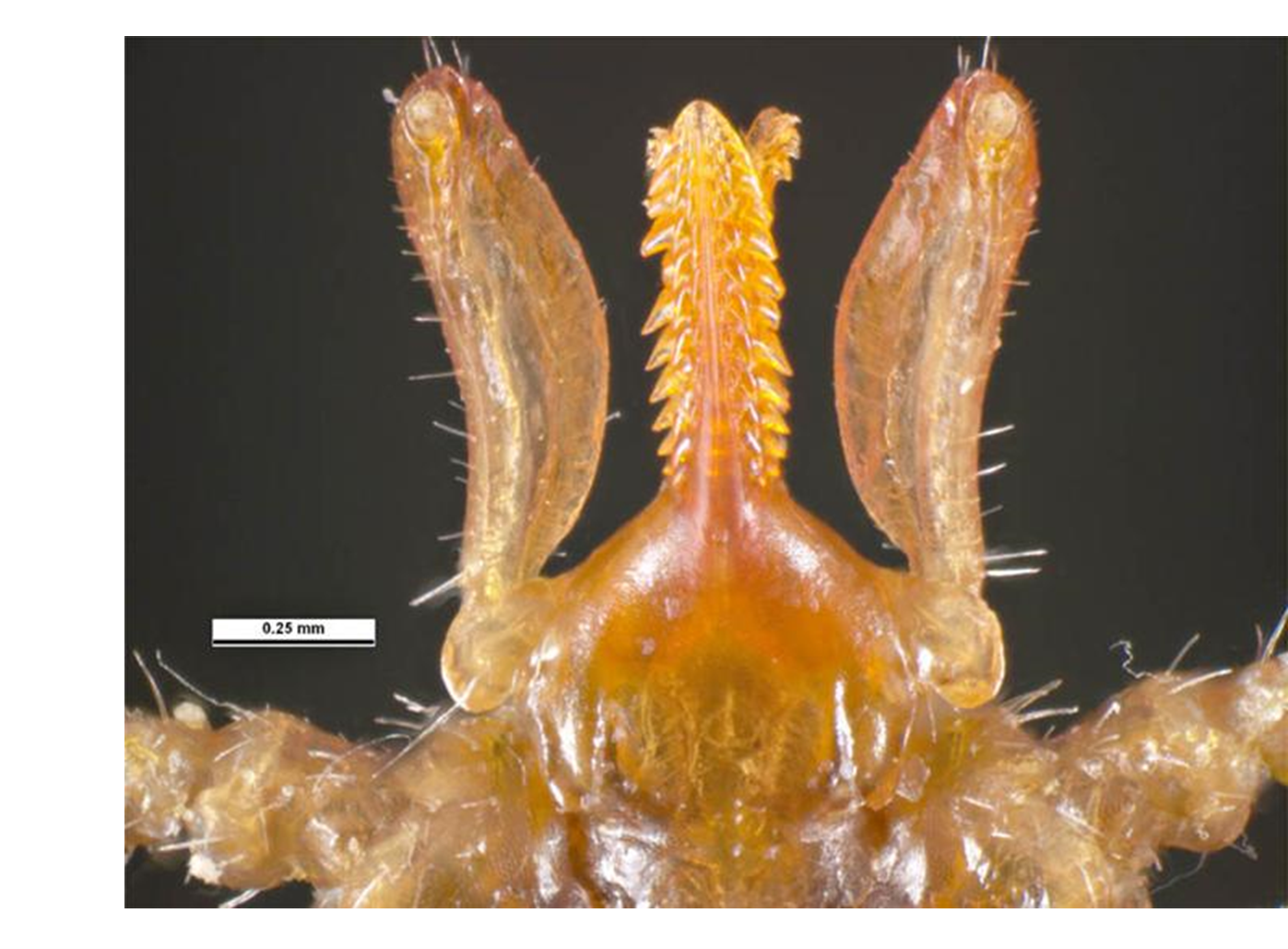Removal of ticks
Removal of ticks can be complicated; patients may attempt to remove a tick before presenting to a health professional. Patients should not attempt to remove ticks using tweezers or other tick-removal gadgets, as this can cause the tick to release venomAustralasian Society of Clinical Immunology and Allergy (ASCIA), 2019. Patient information on prevention and treatment of tick bite is available at the HealthDirect website. For patients with a known allergy to tick bites, it is preferable that the tick is killed and removed in a medical facility that can manage anaphylaxisAustralasian Society of Clinical Immunology and Allergy (ASCIA), 2019.
People who are not allergic to tick bites can kill the tick in situ by freezing it with an ether-containing spray (available from pharmacies), which should cause it to drop off the skin within 5 minutesAustralasian Society of Clinical Immunology and Allergy (ASCIA), 2019. If the tick is largely embedded, permethrin cream can be dabbed onto the tick. Other chemicals should not be applied (eg methylated spirits, kerosene, oil, alcohol, matches, nail polish) because they are ineffective and cause the tick to embed further. If the tick remains attached, the person should seek urgent review by a health professionalThe Department of Health, Last updated 25 November 2015.
Health professionals can use forceps with fine blunt points to remove ticksEmergency Care Institute (ECI) New South Wales, Accessed August 2021, preferably after they have been killed by freezing or with permethrinTaylor, 2019. Particular care must be taken to remove all of the tick and not to leave the head embedded, because retention can contribute to a prolonged local reaction lasting up to 10 daysTaylor, 2019. Attachment is stronger the longer the tick has been present and feeding. Because tick mouthparts are barbed, they are highly likely to be retained, unless a tick drops off after being killed or detaches naturally; see Australian paralysis tick showing barbed mouthparts.The key is to place the points of the forceps as close to the skin as possible so that when the tick is pulled out it remains intactEmergency Care Institute (ECI) New South Wales, Accessed August 2021. All these techniques may not remove mouthparts entirely. Removal of the tick using a punch biopsy can be considered to ensure the mouthparts do not remain in situ.

